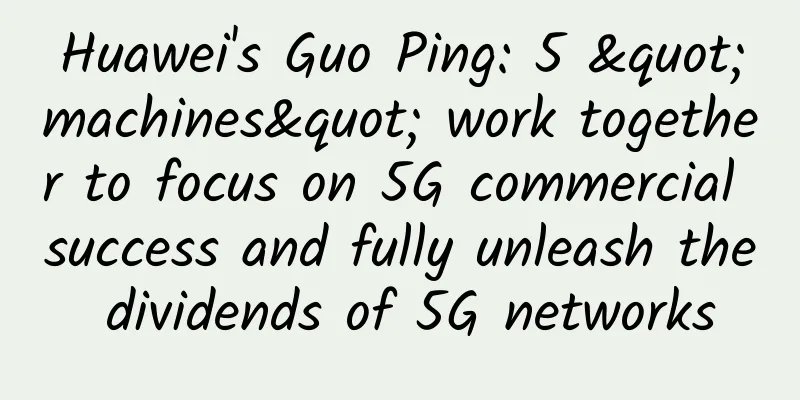5G is not only faster, but also safer!
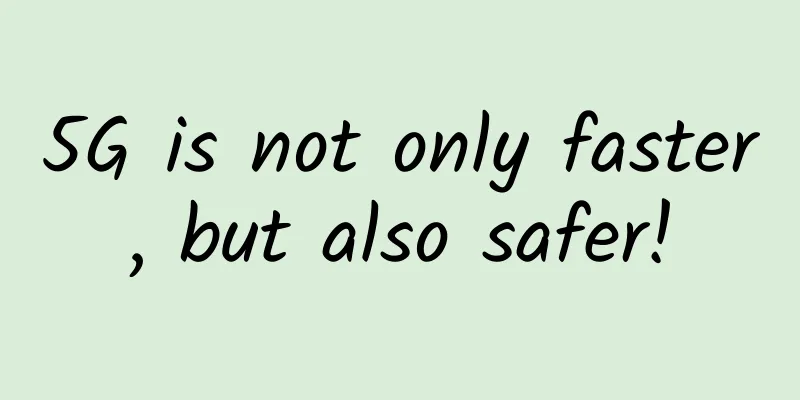
|
As major operators begin to offer 5G packages, the commercial era of 5G has officially begun. When it comes to 5G, people's first reaction is the extremely high network speed and various novel IoT applications. However, as the saying goes, "the greater the power, the greater the responsibility", as the network speed increases and the number of devices connected to the network increases, security issues have become more important.
5G has three typical business scenarios, namely enhanced mobile broadband (eMBB), ultra-reliable and low-latency communications (URLLC), and massive machine type communications (mMTC). Each scenario poses new security requirements:
In addition, the 5G era will face various security needs. The various security needs and corresponding security countermeasures are listed below. Do you feel a little panicked after seeing this? ——No need to worry, 5G is fully prepared for these challenges. In fact, a specific scenario does not have only one security requirement or threat, nor can it be solved by one security solution. Similarly, a type of solution is not limited to solving only one specific requirement. Here are some typical and important security functions and solutions.
All of the above are efforts made by 5G to protect the security of communications. I believe that in the 5G era, everyone’s calls will be better protected. |
>>: Addressing IoT and edge computing security challenges
Recommend
Customize SD-WAN to meet your needs
Why do we always think we can adopt a revolutiona...
From "application availability" to "service accessibility" - the DNA innovation rule of Borei Data
[51CTO.com original article] In the past, users o...
Analysis on the application of narrowband Internet of Things (NB-IoT) in traffic infrastructure safety monitoring
Safety monitoring of transportation infrastructur...
80VPS newly launched Japan CN2 line VPS, 2G memory package annual payment starts from 330 yuan
80VPS is a long-established Chinese hosting compa...
It’s time to issue 5G private network frequency licenses
The Ministry of Industry and Information Technolo...
If the Internet connection becomes slow, you don't need to change the router and restart it to restore it to full health
When you use WiFi at home to surf the Internet, i...
How does 5G unlock the development potential of VR?
In March 2014, Facebook announced that it would a...
TMR: By 2026, the global smart manufacturing platform market will reach $15.93 billion
According to TMR, the global smart manufacturing ...
[Mid-Autumn Festival/National Day] CUBECLOUD: 30% off for Lite series/15% off for Pro series, available in CN2 GIA Hong Kong/CN2 GIA Los Angeles
CUBECLOUD (Magic Cube Cloud) has launched a promo...
5G is here, how far is 6G?
"In the 6G era, hundreds of high-definition ...
Some works of the first 51CTO Developer Competition have been revealed, waiting for you to add to it!
/* Live to change the world Here, every work may ...
With the advent of the 5G era, will the divorce rate drop?
01 The divorce rate remains high during the epide...
Comparison of 5G tariffs in China and South Korea: Which country’s users are the happiest?
Globally, South Korea was the first country to co...
United States: Suspend 5G deployment!
[[442701]] As we all know, spectrum resources are...
AWS launches 5G service, officially enters the mobile network market
Amazon Web Services (AWS) has launched the AWS Pr...

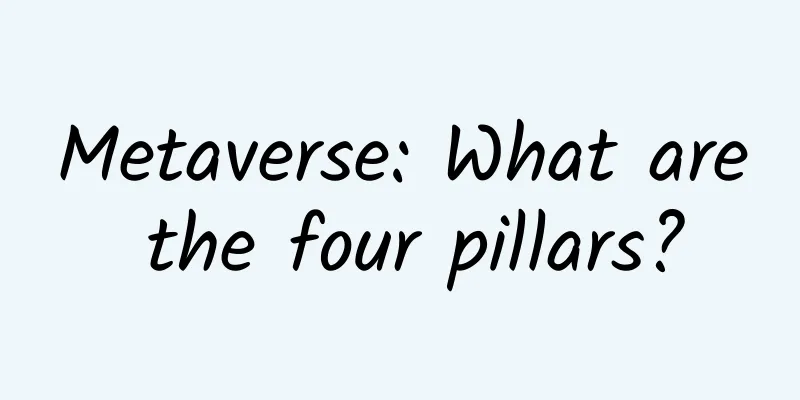
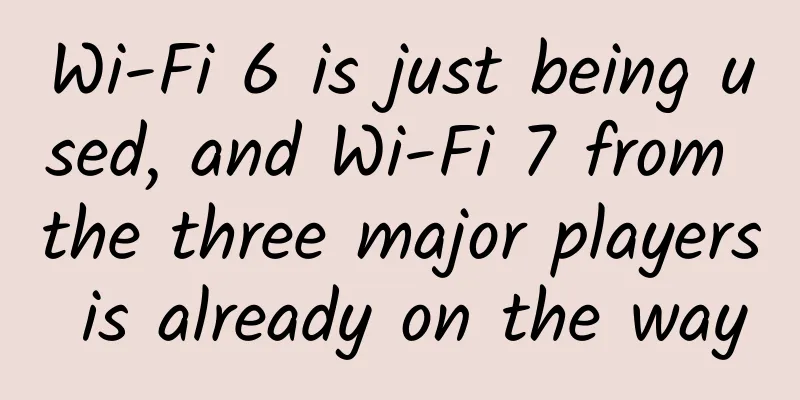

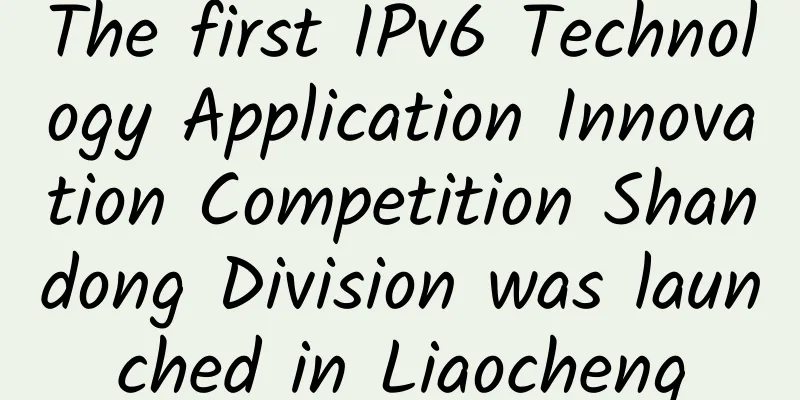

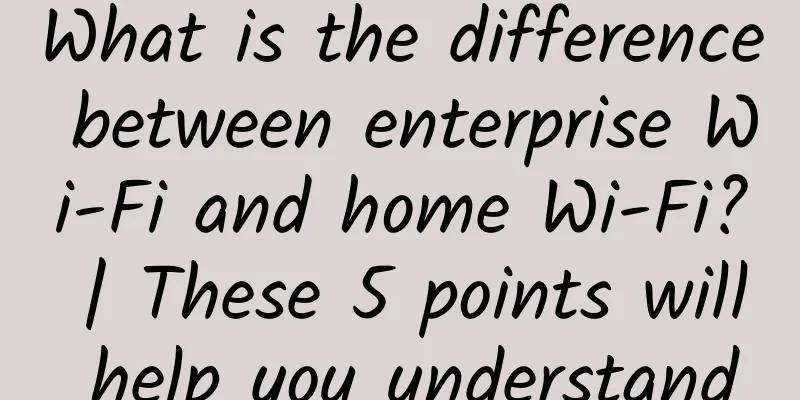

![[Black Friday] RackNerd: VPS starts at $10.18/year, dedicated servers start at $59/month, multiple data centers in Los Angeles/San Jose/Utah, etc.](/upload/images/67cabcccd32cc.webp)
